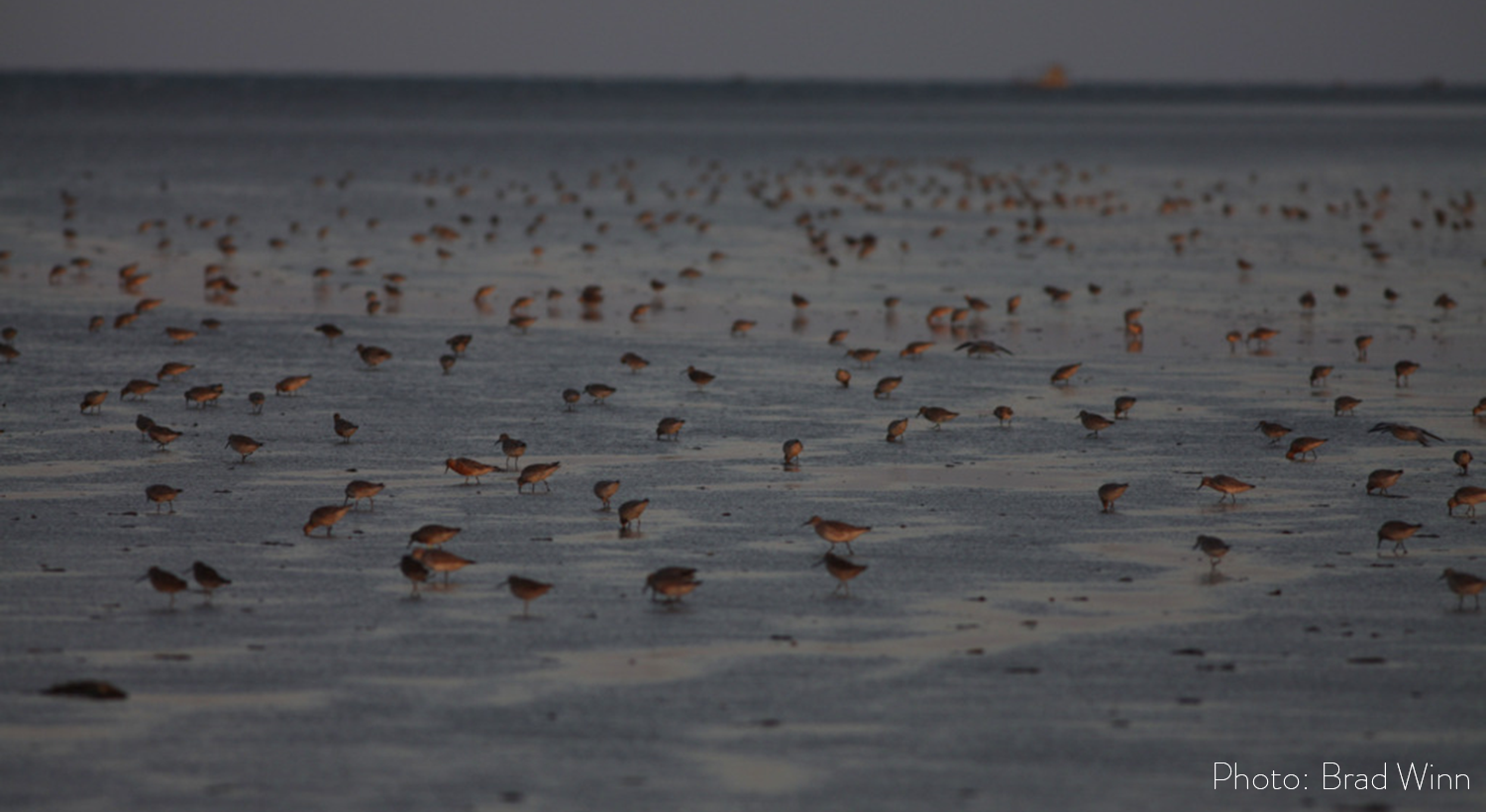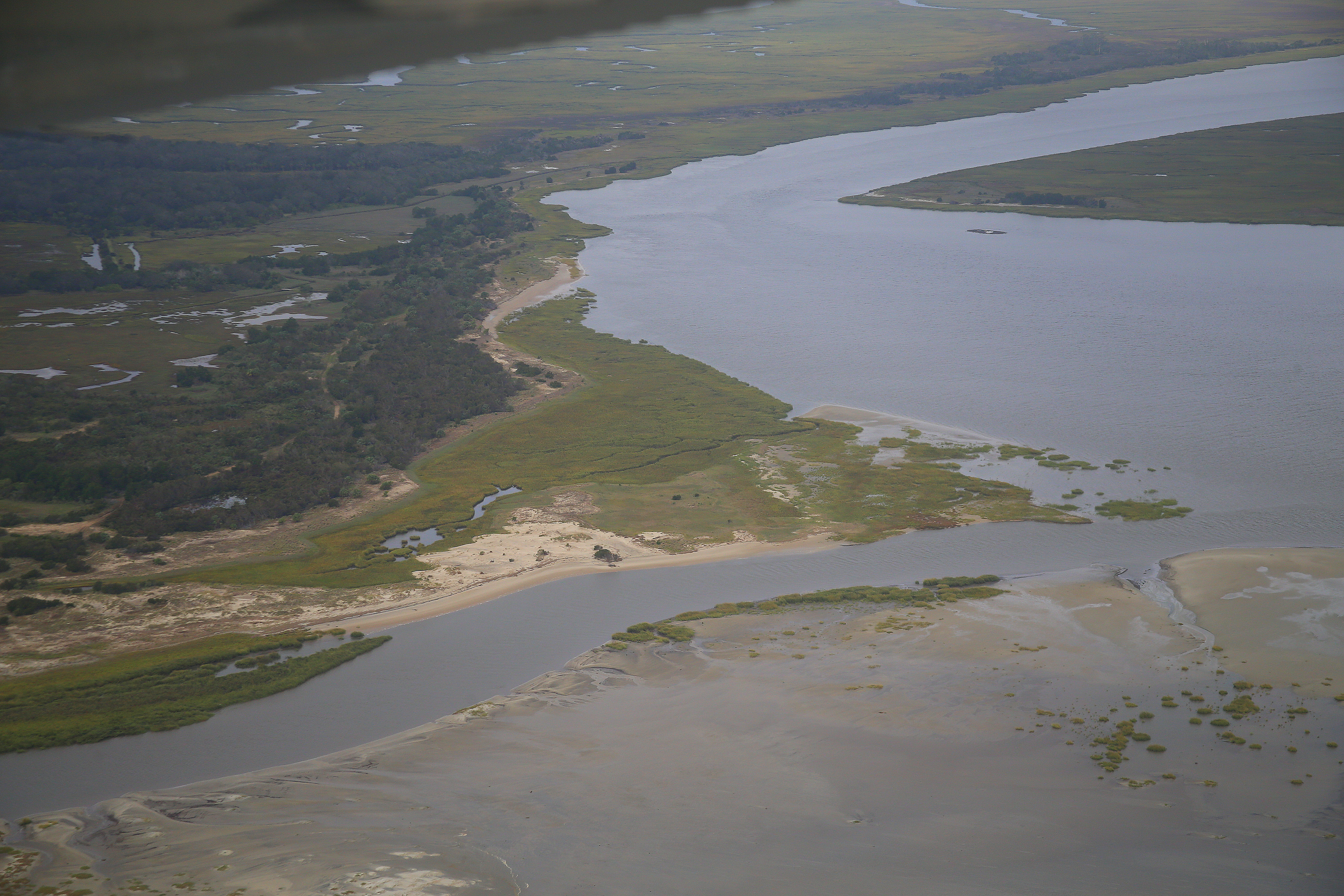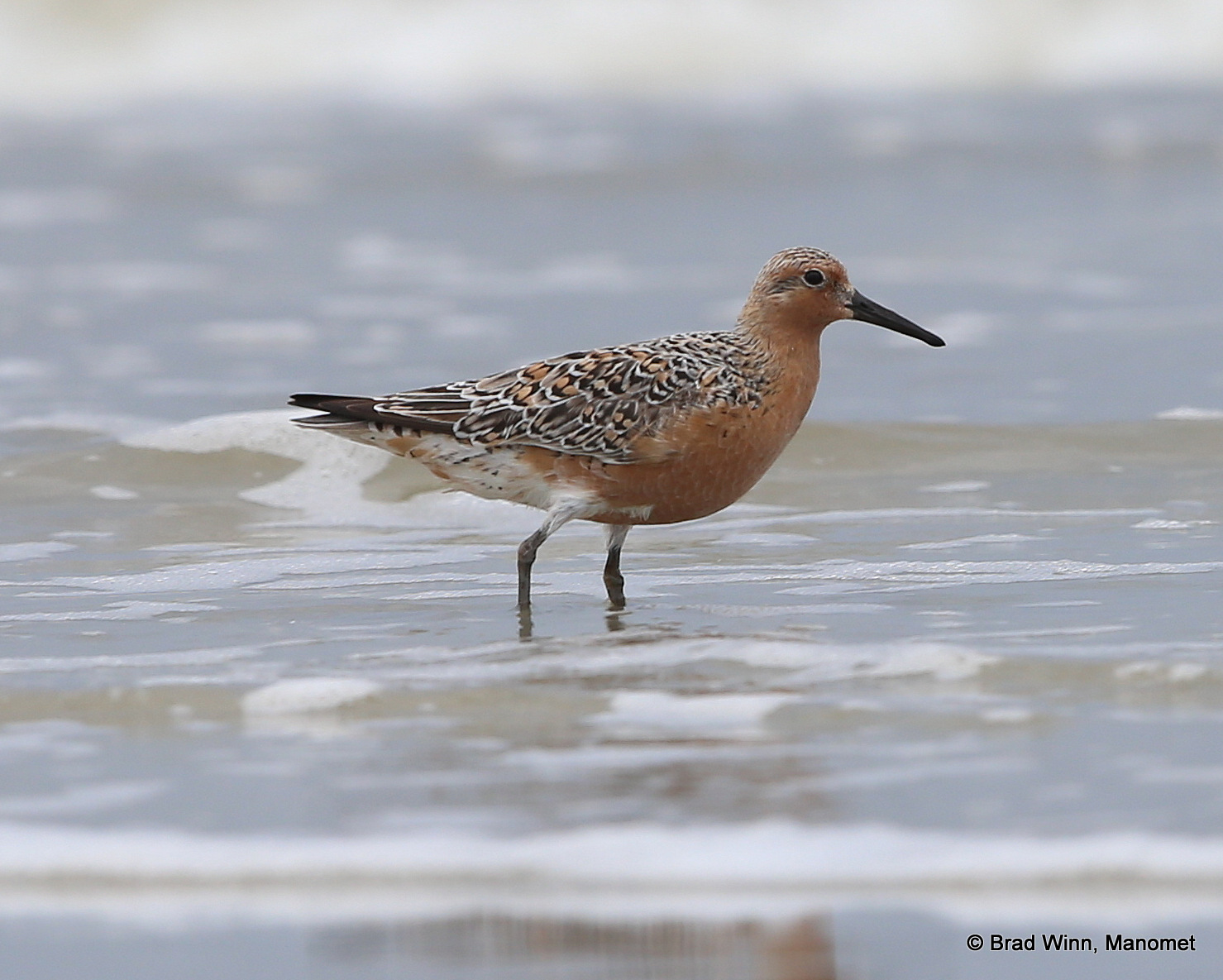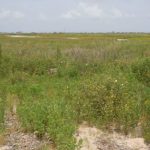In October 2017, the WHSRN Hemispheric Council designated the Georgia Barrier Islands as WHSRN’s 100th Site, in the category of Landscape of Hemispheric Importance. Designated primarily due to its importance for rufa Red Knot Calidris canutus, listed as Threatened under the Endangered Species Act in the USA, the Georgia Barrier Islands became only the third ever WHSRN landscape, and the first to include an existing WHSRN site, the Altamaha River Delta.
Now the research that helped justify the designation has been published in the Journal of Wildlife Management. The study of post-breeding migration and connectivity of Red Knot in the Atlantic Flyway was a collaborative effort from members of Manomet’s Shorebird Recovery Program, the USGS Patuxent Wildlife Research Center, Georgia Department of Natural Resources, and Delaware Division of Fish and Wildlife, and provides the first ever population estimates of rufa Red Knots wintering in the southeastern USA, Caribbean, and northeastern Brazil.

Red Knots in the Georgia Barrier Islands WHSRN Landscape of Hemispheric Importance. Photo: Brad Winn.
Using resighting data of individually color-marked birds, the authors estimated population size and stopover duration by Red Knot at the Altamaha River Delta, and inferred wintering areas using stable isotope ratios of carbon and nitrogen in feathers, and observations (sightings and captures). An integrated Bayesian analysis of these data was then used to estimate the number of birds in the southeastern United States and northern Brazil during the boreal winter.
A total of 23,400 Red Knot were estimated to migrate through the Altamaha River Delta, with approximately 20,800 of these birds believed to winter in the northern part of the subspecies’ nonbreeding range, of which about 10,400 winter in the southeastern USA and 5400 in northeastern Brazil. Red Knot migrating to the northern wintering range remained at the Altamaha River Delta for 42 days, whereas birds migrating to Tierra del Fuego remained only 21 days.

Georgia Barrier Islands from above. Photo: Brad Winn.
“The study emphasizes the importance of Georgia’s Altamaha River Delta in providing critical post-breeding habitat for migrating Red Knot,” said Brad Winn, Director of Shorebird Habitat Management at Manomet, and co-author of the publication. Designated as a WHSRN Site of Regional Importance in 1999 due to holding more than 20,000 shorebirds, the Altamaha River Delta clearly merits recognition in a higher WHSRN category, potentially as a site of Hemispheric Importance “nested” within the broader Georgia Barrier Islands Landscape of Hemispheric Importance.

Red Knot (Calidris canutus rufa) in Georgia. Photo: Brad Winn.
Read the abstract: Post-breeding migration and connectivity of Red Knots in the Western Atlantic
Full citation: Lyons, J. E., Winn, B., Keyes, T. and Kalasz, K. S. (2018), Post-breeding migration and connectivity of red knots in the Western Atlantic. Jour. Wild. Mgmt., 82: 383–396. doi:10.1002/jwmg.21389






